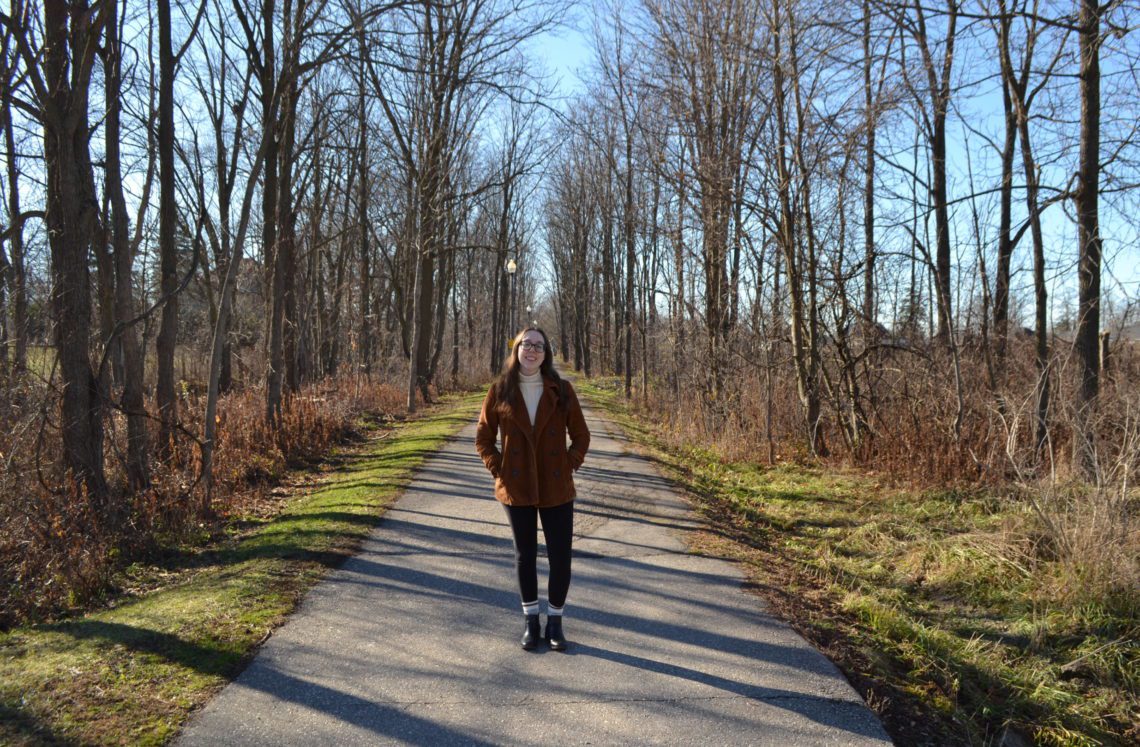
St. Marys, Ontario
Perth County, est. 7,386 residents
St. Marys, Ontario, was given the nickname “The Stonetown” because of the abundance of limestone found in the surrounding area. Since then, the town’s identity has been delicately shaped by natural resources as it flows around the roaring Thames River and has used limestone to create a unique architectural landscape in its downtown core.
St. Marys was traditionally used as hunting grounds by Indigenous peoples before European settlers arrived in the early 1840s. The town was rich in natural resources, which made it a prime location for settlers looking for a new home.
The arrival of the Grand Trunk Railway in the 1850s established St. Marys as a centre for milling, grain trading and the manufacture of agriculture-related products, as well as connected the town to the rest of the country. In the late 19th century, the town prospered and expanded, with new churches and businesses built using the area’s local limestone.
The Stonetown
Limestone has always been a big part of St. Marys. In the mid-to-late 1800s, the town grew around the limestone industry, with many buildings crafted using the material. In the riverbed and along the banks of the Thames, limestone was close to the surface and could be quarried to be used for building materials.
The quarry opened in the mid-1800s but later joined other smaller quarries to form the Thames Quarry. The company mainly quarried limestone slabs used for construction in the town and surrounding areas, but small chips or powder were also utilized for other purposes.
St. Marys Cement arrived in 1912, ushering in a much cheaper and more efficient way to build. The demand for limestone slabs eventually decreased until the quarry was no longer necessary.
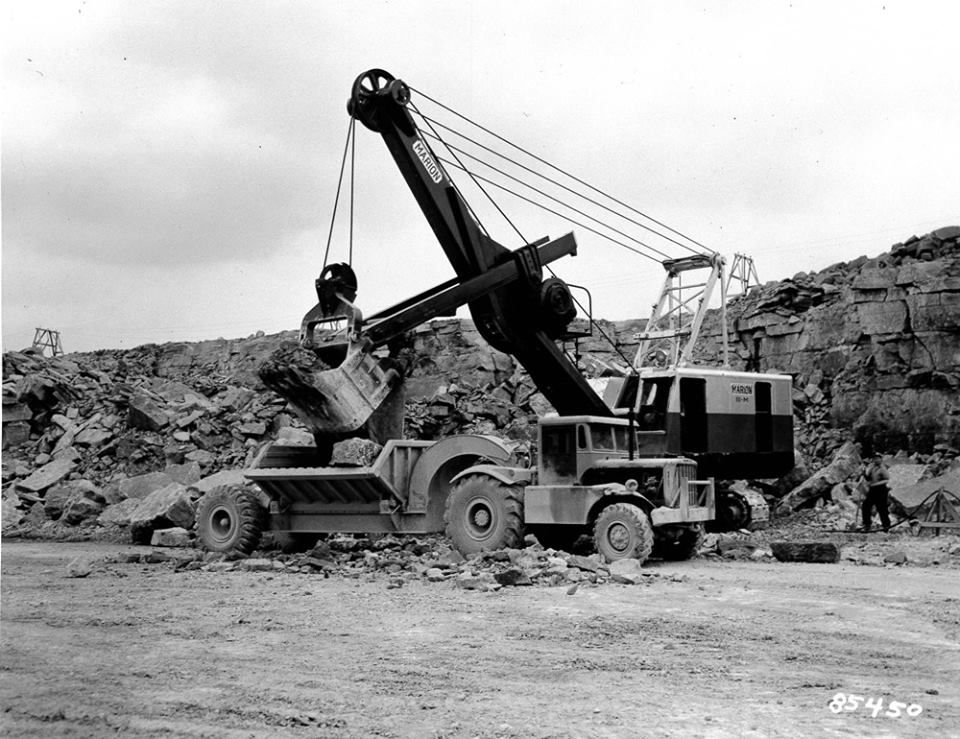
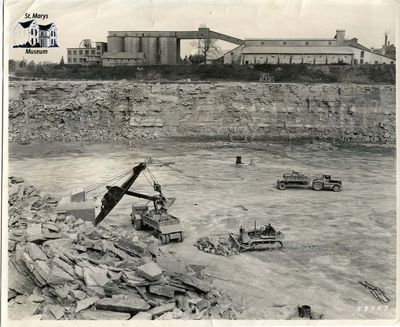
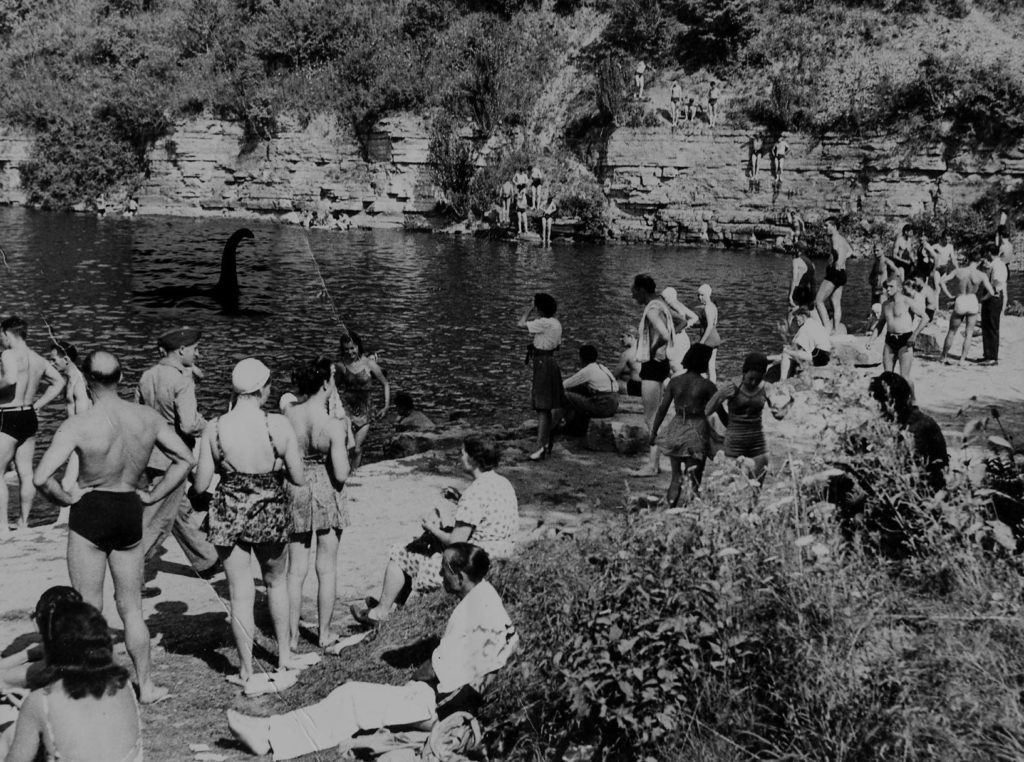
By 1930, the two quarries on either side of Water Street were abandoned and allowed to fill. The town purchased the location in 1945 and opened it as a municipal swimming facility the following year. It remains one of the most popular spots in the area to visit on hot summer days and is Canada’s largest outdoor freshwater swimming pool.
Many 19th-century limestone structures still remain today, including churches, a museum, an opera house — now apartment buildings — commercial blocks and many private homes.
Limestone is no longer quarried for building blocks, but it is still essential to production at St. Marys Cement, which remains a major local industry.
St. Marys Today
Originally, 12 cities expressed interest in becoming the new home for the Canadian Baseball Hall of Fame and Museum before it came down to two locations: Guelph and St. Marys. The CBHFM made its home in St. Marys after the town officially won the bidding process on August 25, 1994.
The museum first opened in a farmhouse that was built in 1868. It was established in collaboration with the St. Marys Rotary Club and St. Marys Cement, who donated 32 acres of land to the project to create playing fields.
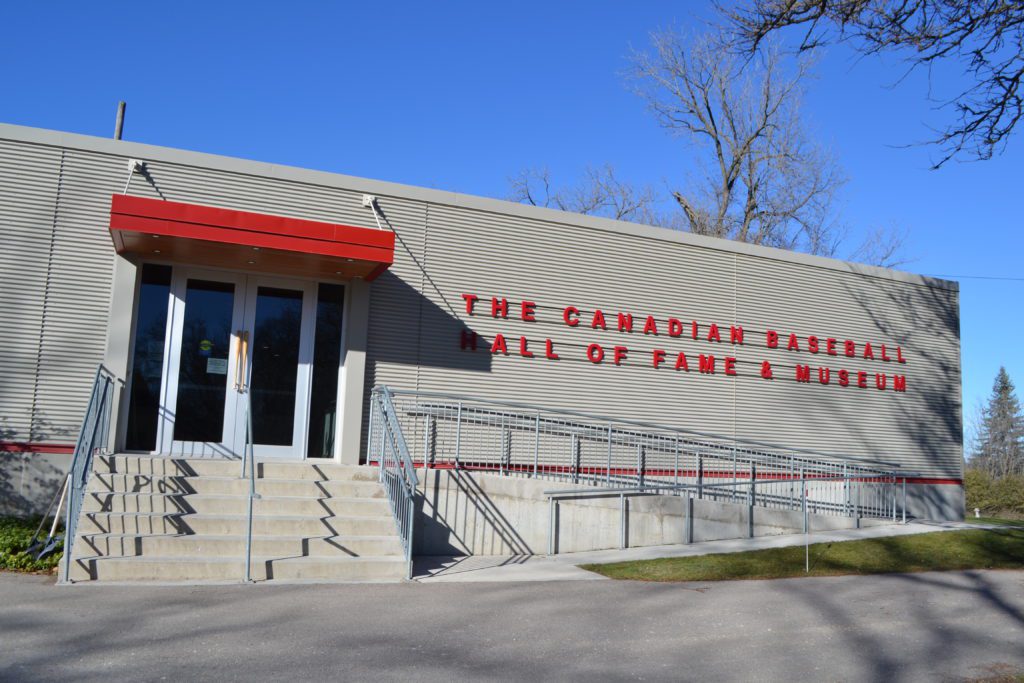
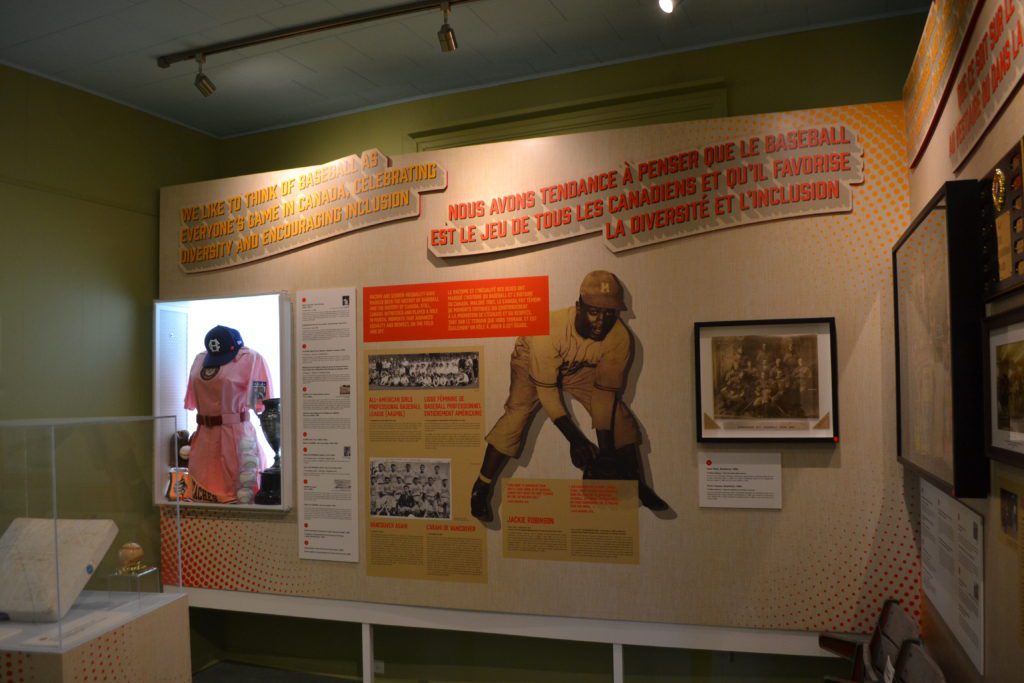
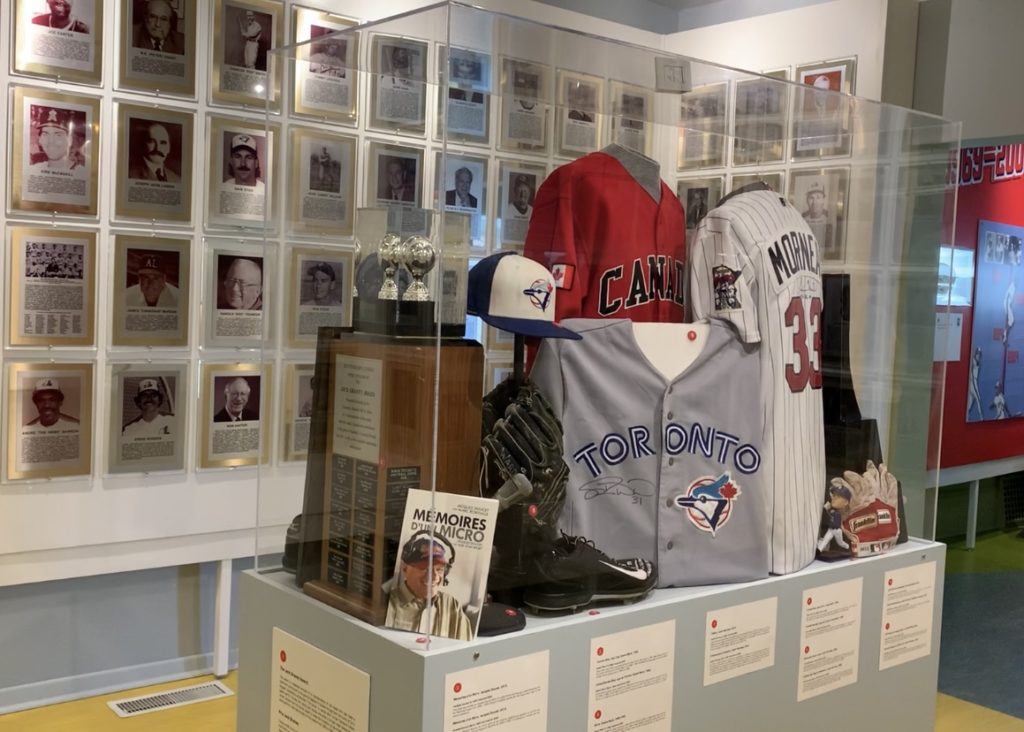
The facility is now home to the Hall’s extensive collection of over 10,000 artifacts and papers. The building also went through a renovation that was completed in April 2019 to include a new entrance and gift shop area, as well as an auditorium and exhibition space for small events.
The St. Marys Museum is located in a heritage home constructed from locally quarried limestone in 1854. George Tracy, an early settler to St. Marys, built the house for his family, which was nicknamed the Castle in the Bush. It has been the location of the St. Marys Museum since 1959.
The museum has several exhibits on the history of the area, and the still-standing home even serves as a time capsule itself. The building still contains many of its original features from 1854, including pine flooring, fireplaces, plaster crown mouldings, high ceilings, and a number of small rooms off larger chambers.
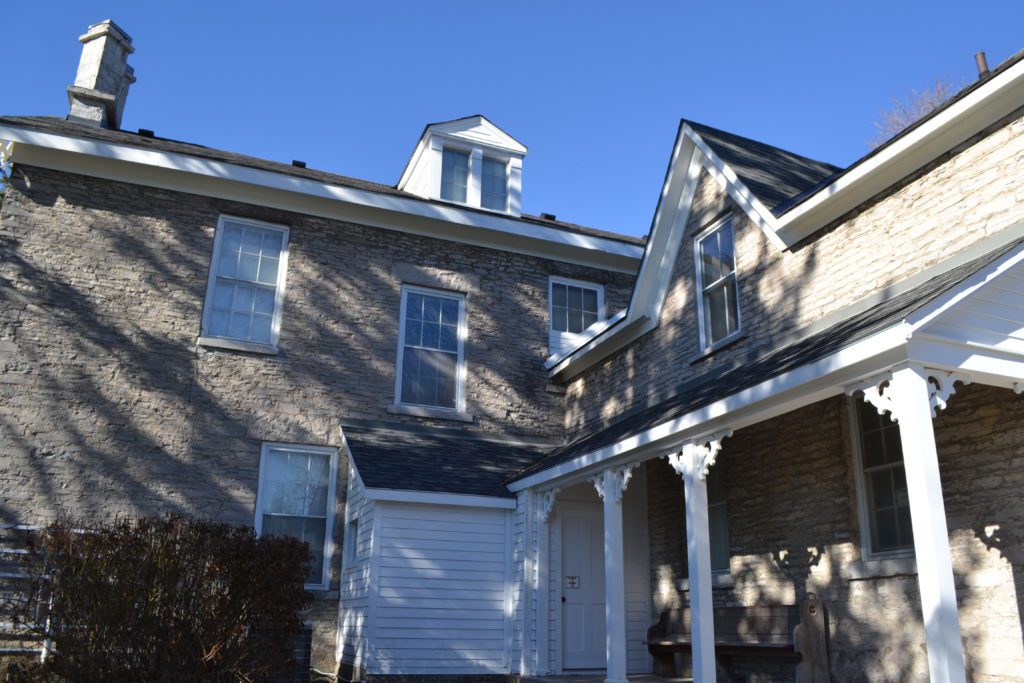
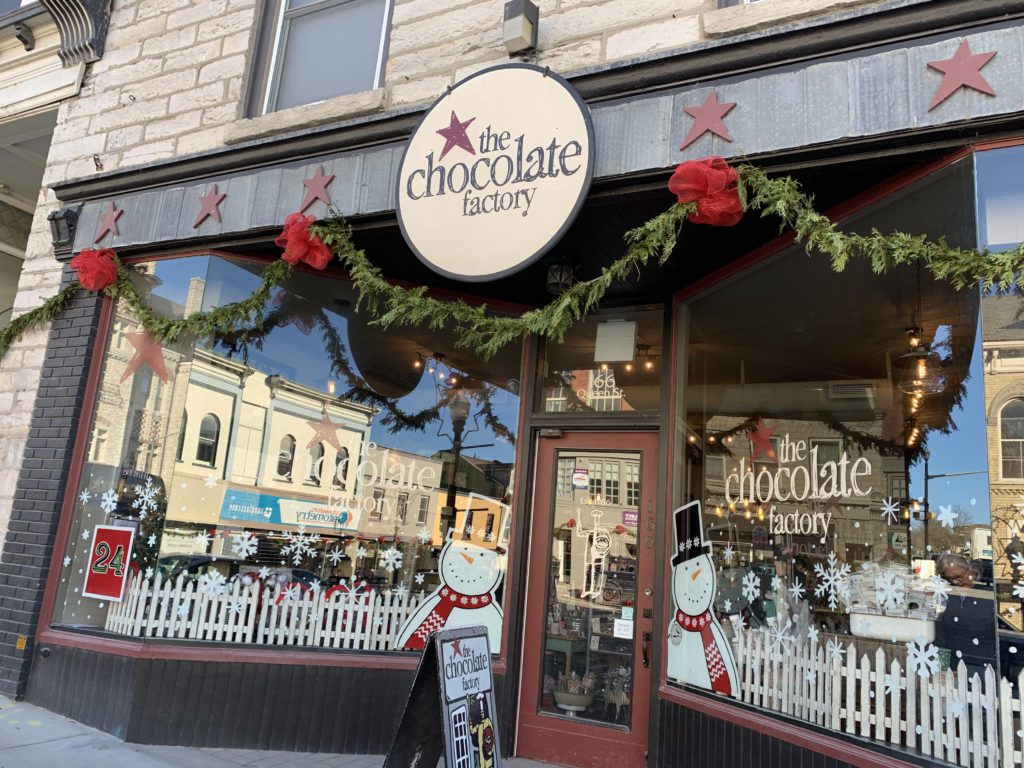
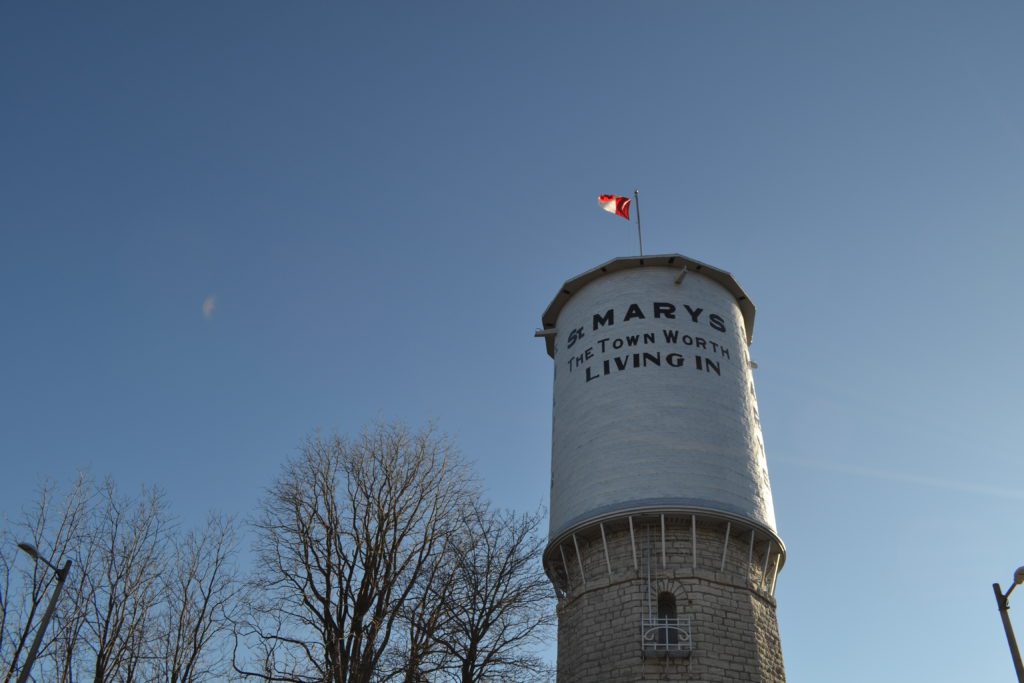
The Chocolate Factory was opened in 1986 by Pat and Ron Cottrell. They have since passed on the business to their daughter Liz and her husband, Derek. The store offers delicious fine chocolate products and gift items that are perfect for the sweet-tooth lover in your life.
Joe’s Diner was opened by the Myers family in April 2018. The restaurant offers classic diner food, as well as all-day breakfast served just the way you like it. Julie and Rebecca have ensured the St. Marys location is the ideal spot to get a cozy, homestyle meal.
On top of having the honour of being the location for Canada’s Baseball Hall of Fame, St. Marys is the burial place of Arthur Meighen, Canada’s ninth Prime Minister. The unique town was built from stone, and its rich history is preserved by volunteers and community programs that continue to tell the area’s history through exhibitions and other special events.
A big thank you to Scott and Elyse from the Canadian Baseball Hall of Fame for allowing me to visit and for providing me with more information about the museum and Rebecca for her information about Joe’s Diner.



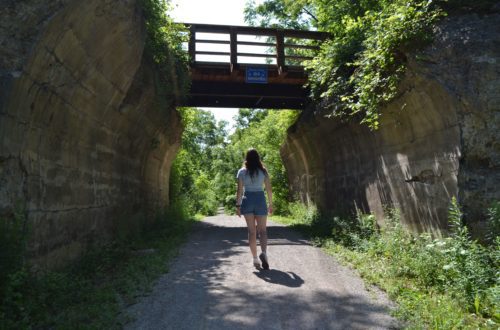

8 Comments
Elyse Richardson
A great read! Thanks for stopping by the Hall of Fame!
smalltowncanada
Hi Elyse, thank you so much for reading and for taking time out of your day to allow me to visit the Canadian Baseball Hall of Fame!
Jill
Hi
Great information on my town of St. Marys but another interesting fact worth learning is how St. Marys got its name!
smalltowncanada
Hi Jill, thank you so much for reading! I’m glad I got to share some interesting history about such a wonderful town.
William Cousins
Shandi you have done a marvelous job with this website. It’s a gem!
smalltowncanada
Hi William, thank you so much for checking out my website and for the extremely kind words, I greatly appreciate it! More to come in the future so stay tuned.
Sandy Deegan
Thank you for teaching me about St Marys .I moved here in 2011 our house is on Ontario st north we found a aroowhead on our property from one of the indigenous settlers probably I have it made into a necklace. I love St Marys as every time I come here it reminds me of home . My home is NS in a small town a community called Welshtown where the settlers came mostly from Wales my grandfather worked in a quarry and we swam in a quarry. St Marys people are what makes the town, it’s a great town with wonderful people .
smalltowncanada
Hi Sandy, St. Marys was a lovely place to visit and I’m sure it must be a wonderful place to live as well! Thank you for sharing a bit about your family, I’ve always wanted to visit Nova Scotia. And of course, thank you for reading!